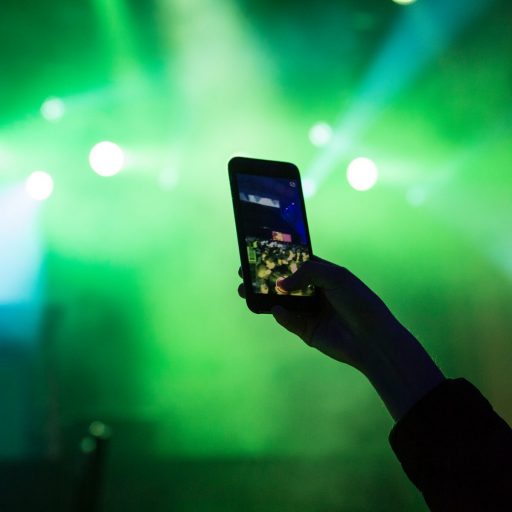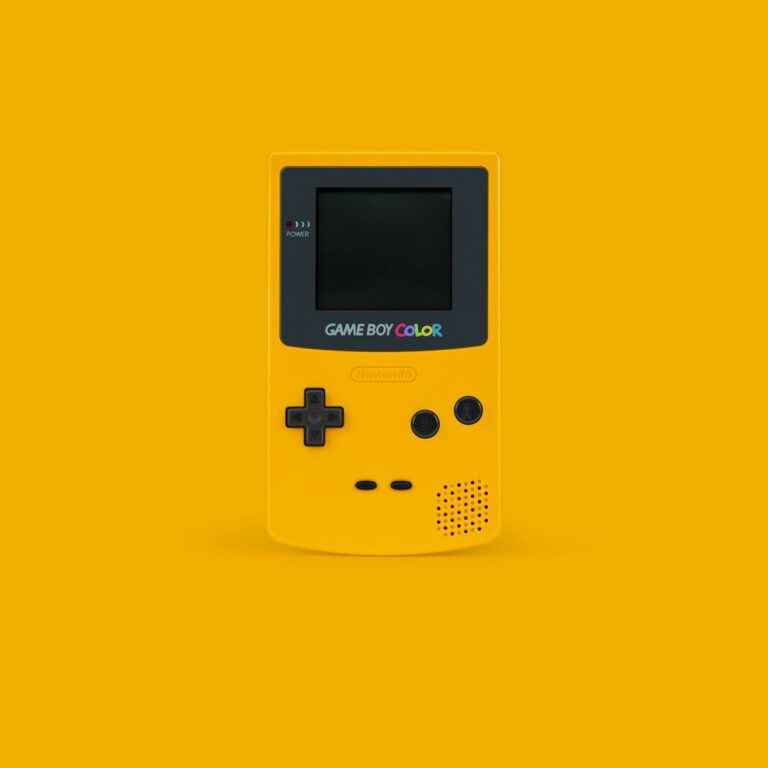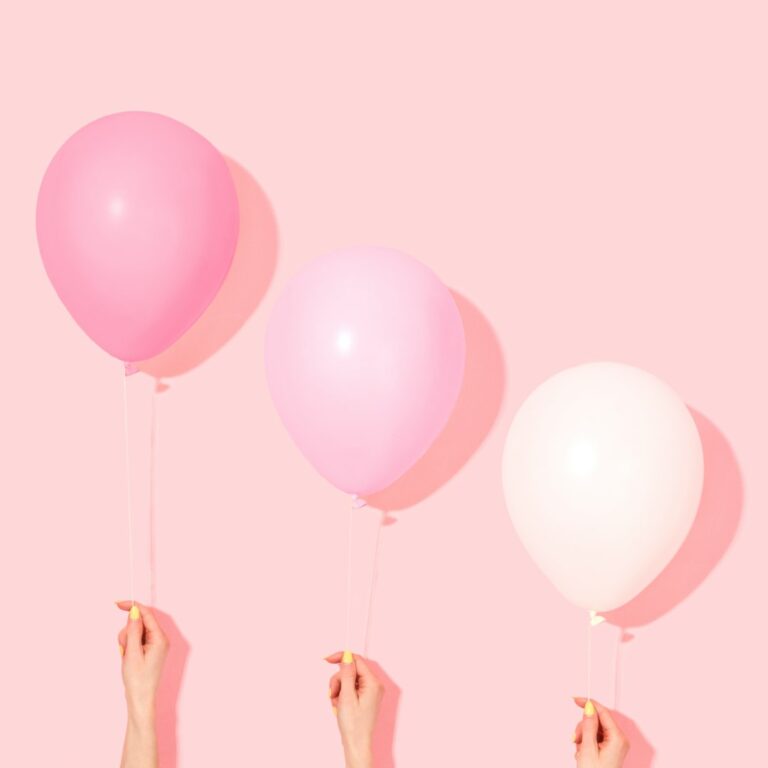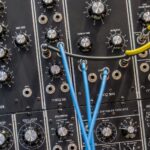Support our educational content for free when you purchase through links on our site. Learn more
What Is Synthwave Art Style? 10 Neon Elements You Must Know ⚡️ (2025)
Step into a world where neon grids stretch to infinity, sunsets bleed vibrant pinks and purples, and retro-futuristic dreams come alive — welcome to the mesmerizing universe of synthwave art style! But what exactly is synthwave art, and why has it captured the imagination of artists, musicians, and pop culture fans worldwide? Whether you’ve caught glimpses of it in Stranger Things, Drive, or your favorite synth-heavy playlists, synthwave is more than just a nostalgic throwback — it’s a full-blown aesthetic revolution.
In this article, we’ll unravel the glowing threads of synthwave art, exploring its origins, iconic visual elements, and how you can create your own neon masterpiece. Curious about how synthwave differs from vaporwave? Wondering which colors and fonts bring this style to life? Or maybe you want to know how synthwave art powers music album covers and video projects? We’ve got you covered with everything you need to know — plus insider tips from the music fans at Synth Pop™.
Ready to light up your creative spark? Let’s dive into the electric pulse of synthwave art and discover why it’s the ultimate retro-futuristic style for 2025 and beyond.
Key Takeaways
- Synthwave art style is a vibrant homage to 1980s pop culture, blending neon colors, wireframe grids, and retro-futuristic motifs.
- The style is defined by 10 iconic elements including neon grids, sunsets, wireframe landscapes, palm trees, and glowing typography.
- Synthwave differs from vaporwave in mood, color palette, and cultural references — think Miami Vice vs. surreal mall nostalgia.
- Creating synthwave art involves mastering neon color palettes, glow effects, and perspective grids, using tools like Adobe Photoshop or Posca markers.
- Synthwave art thrives in music album covers, movies, video games, and fashion, making it a versatile and growing cultural phenomenon.
- For digital creators, plugins like Video Copilot’s Saber and software like After Effects and Premiere Pro are essential for synthwave video projects.
- Top synthwave artists to follow include Kavinsky, The Midnight, and visual artist James White (Signalnoise).
👉 Shop Synthwave Art Supplies:
- Posca Acrylic Paint Markers: Amazon | Posca Official Website
- Adobe Creative Cloud (Photoshop & Illustrator): Adobe Creative Cloud
- Saber Plugin for Neon Effects: Video Copilot
Dive deeper and start creating your own glowing synthwave world today!
Table of Contents
- Quick Tips and Facts About Synthwave Art Style ⚡️
- The Neon Genesis: Origins and Evolution of Synthwave Art 🎨
- Synthwave vs. Vaporwave: Decoding Retro-Futuristic Visuals 🔍
- 10 Iconic Elements That Define Synthwave Art Style 🌴
- Color Palettes and Neon Dreams: Mastering Synthwave Hues 🌈
- Synthwave Typography: Fonts That Bring the 80s Back to Life 🔤
- Synthwave Art in Music and Album Covers: Visualizing Soundwaves 🎶
- How to Create Your Own Synthwave Artwork: Tools, Tips, and Tricks 🛠️
- Synthwave Art in Modern Media: Movies, Games, and Pop Culture 🚀
- Famous Synthwave Artists and Influencers You Should Know About 🌟
- Incorporating Synthwave Art Style into Your Video Projects: A Creative Guide 🎥
- Common Mistakes to Avoid When Designing Synthwave Art ❌
- Synthwave Art Style: Future Trends and Where It’s Headed 🚦
- Conclusion: Embracing the Electric Pulse of Synthwave Art ⚡️
- Recommended Links for Synthwave Art Enthusiasts 🔗
- FAQ: Your Burning Questions About Synthwave Art Answered ❓
- Reference Links and Resources for Deep Dives 📚
Quick Tips and Facts About Synthwave Art Style ⚡️
Welcome to the neon-lit world of Synthwave art style, where retro-futurism meets 1980s nostalgia in a dazzling dance of color and geometry! Before we dive deep, here are some quick tips and facts to get you started:
- Synthwave art is heavily inspired by 1980s pop culture, including movies like Blade Runner and Tron, video games, and neon aesthetics.
- It’s characterized by neon grids, sunsets, wireframe landscapes, and retro-futuristic motifs.
- The color palette is dominated by vibrant pinks, purples, blues, and cyans — think Miami Vice vibes!
- Synthwave art is often paired with synth-heavy music from artists like Kavinsky and The Midnight, creating a full sensory retro experience.
- It’s different from Vaporwave, which leans more into 90s consumer culture and pastel tones with surreal elements.
- Synthwave visuals often feature sports cars, palm trees, and geometric shapes to evoke a nostalgic yet futuristic feel.
- The style is popular in album covers, video game art, movie posters, and even fashion.
- Creating synthwave art can be done digitally or with traditional media like acrylic markers on black paper for that glowing effect.
If you want to get a quick taste of synthwave’s vibe, check out the Synthwave playlist on Spotify or dive into our 80s Synth Pop category for music that pairs perfectly with the visuals.
The Neon Genesis: Origins and Evolution of Synthwave Art 🎨
Synthwave art didn’t just pop out of nowhere — it’s a love letter to the 1980s, a decade bursting with neon lights, VHS tapes, arcade games, and sci-fi dreams. The visual style evolved alongside the music genre known as synthwave or retrowave, which emerged in the mid-2000s, inspired by classic 80s soundtracks and aesthetics.
Synthwave’s Visual Roots
- 1980s Sci-Fi and Action Films: Movies like Blade Runner (1982), Escape from New York (1981), and The Terminator (1984) heavily influenced the dark, neon-lit cityscapes and futuristic vibes.
- Arcade and Video Games: Early wireframe graphics and pixel art from games like Out Run (1986) inspired the gridlines and polygonal shapes common in synthwave art.
- Music and Album Art: The genre’s pioneers such as Kavinsky and College used retro-futuristic visuals on their album covers, setting a template for the style.
- Digital Renaissance: The internet and platforms like Reddit’s r/outrun and r/VaporwaveAesthetics communities helped synthwave art flourish globally, blending nostalgia with modern digital tools.
Evolution Over Time
- Early synthwave art was mostly digital, using Adobe Photoshop and Illustrator to create neon grids and sunsets.
- Artists began incorporating 3D wireframe landscapes and low-poly mountains, adding depth and movement.
- The style expanded into motion graphics, video game design, and even fashion, influencing brands like Saint Laurent and Nike who tapped into retro aesthetics.
- Today, synthwave art is a cultural phenomenon, appearing in blockbuster movies (Stranger Things), video games (Hotline Miami), and music videos.
For a detailed dive into the history and evolution of synthwave music and visuals, Wikipedia’s Synthwave page is a solid resource.
Synthwave vs. Vaporwave: Decoding Retro-Futuristic Visuals 🔍
You might have heard synthwave and vaporwave thrown around like neon confetti, but what’s the difference? Both styles share retro roots but diverge in mood, color, and cultural references.
| Aspect | Synthwave | Vaporwave |
|---|---|---|
| Era Inspiration | 1980s action, sci-fi, and arcade culture | 1990s consumerism, early internet, mall culture |
| Color Palette | Neon pinks, purples, blues, and cyans | Pastel pinks, teals, and washed-out hues |
| Visual Elements | Neon grids, sunsets, sports cars, wireframe landscapes | Greek/Roman statues, glitch art, VHS static, Japanese text |
| Mood | Energetic, futuristic, nostalgic | Surreal, ironic, dreamy |
| Popular Media | Drive, Stranger Things, Hotline Miami | Meme culture, internet art, music videos like Ed Sheeran’s “Cross Me” |
| Artistic Style | Clean, polished, retro-futuristic | Lo-fi, glitchy, collage-like |
Synthwave is like cruising down a neon highway at midnight, while vaporwave feels like wandering through a surreal shopping mall from a forgotten decade.
If you want to explore both styles in your creative projects, PremiumBeat’s Synthwave and Vaporwave Visual Styles article is a fantastic guide.
10 Iconic Elements That Define Synthwave Art Style 🌴
Ready to spot synthwave art from a mile away? Here are the 10 iconic elements that make this style unmistakable:
- Neon Grids: The hallmark of synthwave, these glowing gridlines create a sense of infinite digital space.
- Sunsets & Horizons: Often stylized with horizontal stripes, these evoke nostalgic evenings bathed in pink and orange light.
- Wireframe Mountains & Landscapes: Low-poly, geometric shapes that add depth and a retro 3D feel.
- Retro Sports Cars: Sleek, mid-engine cars like Ferraris and Lamborghinis, often in silhouette or glowing outlines.
- Palm Trees: Symbolizing the Miami Vice aesthetic and tropical 80s vibes.
- Neon Typography: Bold, italicized fonts with glowing edges, often in cursive or block styles.
- Grid Reflections: Surfaces reflecting neon grids or city lights, adding to the futuristic vibe.
- VHS & CRT Effects: Subtle scan lines, static, or chromatic aberration to mimic old screens.
- Geometric Shapes: Triangles, circles, and polygons scattered or framing the composition.
- Dark Backgrounds: Usually black or deep blue to make neon colors pop dramatically.
Quick Visualization Table
| Element | Description | Why It Works |
|---|---|---|
| Neon Grids | Glowing horizontal and vertical lines | Creates depth and digital nostalgia |
| Sunsets | Striped, gradient horizons | Evokes 80s warmth and mood |
| Wireframe Mountains | Polygonal, low-poly shapes | Retro 3D effect |
| Sports Cars | Silhouettes or neon outlines | Symbolizes speed and style |
| Palm Trees | Iconic tropical silhouettes | Miami Vice nostalgia |
Want to see these in action? Check out album covers by Kavinsky or The Midnight for prime examples.
Color Palettes and Neon Dreams: Mastering Synthwave Hues 🌈
If synthwave art were a cocktail, its secret ingredient would be color — specifically, neon color palettes that scream retro-futurism with every pixel.
The Essential Synthwave Palette
- Hot Pink (#FF007F): The quintessential neon pink that electrifies any design.
- Electric Blue (#00FFFF): Cool and vibrant, perfect for grids and highlights.
- Purple (#8000FF): Adds depth and mystery to backgrounds.
- Cyan (#00FFFF): Complements pinks and purples beautifully.
- Orange & Yellow: Used sparingly for sunsets and accents.
Tips for Using Synthwave Colors
- Contrast is king: Use dark backgrounds (black or navy) to make neon colors pop.
- Gradient magic: Smooth transitions between pinks, purples, and blues create that dreamy synthwave glow.
- Glow effects: Add outer glows or soft blurs to neon elements to simulate light emission.
- Avoid oversaturation: Too many neon colors can overwhelm; balance is key.
Tools for Color Selection
- Adobe Color CC and Coolors.co offer ready-made synthwave palettes.
- For digital artists, Procreate and Photoshop have neon brushes and glow effects built-in.
- For physical media, acrylic paint markers like Posca are fantastic for vibrant colors on black paper.
Mastering these hues will have your synthwave art glowing like a Miami night!
Synthwave Typography: Fonts That Bring the 80s Back to Life 🔤
Typography in synthwave art isn’t just text — it’s a neon sign flashing nostalgia. The right font can transport viewers straight to a retro arcade or VHS rental store.
Popular Synthwave Fonts
- Outrunner Retro Script: A cursive, italicized font with neon glow effects.
- Neuropol X: Futuristic sans-serif with sharp edges.
- Gridnik: Inspired by digital displays and arcade games.
- Retro Wave: Bold, blocky fonts with gradient fills and glowing outlines.
- Pacifico: Casual script font often used for softer synthwave vibes.
Typography Tips
- Use italicized or slanted fonts to convey speed and motion.
- Add glow and shadow effects to simulate neon tubes.
- Combine bold headlines with smaller, clean subtext for contrast.
- Incorporate geometric shapes around text for framing and style.
For a treasure trove of synthwave fonts, check out DaFont’s Retro and Sci-Fi categories or Creative Market’s synthwave font packs.
Synthwave Art in Music and Album Covers: Visualizing Soundwaves 🎶
At Synth Pop™, we know that synthwave art and music are a dynamic duo — one wouldn’t be complete without the other. Album covers are often the first visual impression of synthwave music, setting the tone before a single note plays.
Iconic Synthwave Album Covers
- Kavinsky – OutRun: Features a neon grid and a Ferrari Testarossa silhouette, perfectly capturing synthwave’s retro racing vibe.
- The Midnight – Endless Summer: Combines palm trees, sunsets, and glowing typography for that nostalgic summer feel.
- Carpenter Brut – Trilogy: Darker synthwave with neon accents, reflecting the Darksynth subgenre.
- Electric Youth – Innerworld: Soft neon colors and dreamy landscapes.
Why Album Art Matters
- It visually represents the music’s mood and era.
- Helps artists stand out in digital music stores and streaming platforms.
- Builds a cohesive brand identity for synthwave musicians.
Fun Fact
The 2011 film Drive boosted synthwave’s popularity by featuring Kavinsky’s “Nightcall,” whose cover art is a synthwave masterpiece itself. This synergy between sound and visuals is why synthwave art is so beloved.
How to Create Your Own Synthwave Artwork: Tools, Tips, and Tricks 🛠️
Ready to jump into the synthwave art scene and create your own neon masterpiece? We’ve got you covered with a step-by-step guide and recommended tools.
Step 1: Gather Your Tools
| Medium | Recommended Tools & Brands | Notes |
|---|---|---|
| Digital | Adobe Photoshop, Illustrator, Procreate, Affinity Designer | Use neon brushes and glow effects |
| Traditional | Posca Acrylic Paint Markers, Black Drawing Paper, Prismacolor Colored Pencils, Uni-ball White Gel Pens | Great for glowing effects on paper |
Step 2: Plan Your Composition
- Start with a horizon line and a vanishing point for perspective.
- Sketch gridlines converging toward the vanishing point to create depth.
- Add mountain silhouettes or geometric shapes in the background.
- Incorporate a striped sun or glowing orb on the horizon.
Step 3: Choose Your Color Palette
- Stick to synthwave’s neon palette (pinks, purples, blues).
- Use gradients for smooth transitions.
- Add glow effects around key elements.
Step 4: Add Details and Effects
- Use neon typography for titles or captions.
- Add palm trees, sports cars, or wireframe objects for authenticity.
- Apply VHS scan lines or glitch effects for retro texture.
Step 5: Final Touches
- Adjust contrast and saturation to make colors pop.
- Add subtle reflections or light flares.
- Export in high resolution for print or digital use.
Pro Tips from Synth Pop™
- Play synthwave music while creating — it fuels the vibe!
- Experiment with layering glow effects for depth.
- Don’t be afraid to mix digital and traditional media for unique textures.
For a hands-on tutorial, check out The Cozy Art Teacher’s Synth Wave Landscape project, which walks through acrylic markers and black paper techniques.
Synthwave Art in Modern Media: Movies, Games, and Pop Culture 🚀
Synthwave art isn’t just a niche aesthetic — it’s bursting into mainstream media with a vengeance! From blockbuster films to indie games, the style’s retro-futuristic charm captivates audiences worldwide.
Movies and TV
- Stranger Things: The Netflix hit uses synthwave-inspired visuals and soundtrack to evoke 80s nostalgia.
- Drive (2011): The neon-lit cityscapes and soundtrack helped popularize synthwave culture.
- Thor: Ragnarok (2017): Features synthwave elements in its vibrant, retro-futuristic design.
Video Games
- Hotline Miami: Combines synthwave music and neon-soaked pixel art for a brutal yet stylish experience.
- Far Cry 3: Blood Dragon: A love letter to 80s sci-fi with synthwave visuals and soundtrack.
- Boneworks (VR): Uses synthwave-inspired music to enhance its futuristic gameplay.
Fashion and Advertising
- Brands like Saint Laurent and Nike have embraced synthwave aesthetics in campaigns and product designs.
- Synthwave-inspired apparel, posters, and merchandise are booming on platforms like Etsy and Redbubble.
Synthwave art’s resurgence is a testament to the timeless appeal of neon nostalgia and retro futurism.
Famous Synthwave Artists and Influencers You Should Know About 🌟
No synthwave journey is complete without knowing the key players who shaped the scene. Here are some synthwave artists and visual creators who’ve left their neon mark:
| Artist/Influencer | Contribution | Notable Works/Platforms |
|---|---|---|
| Kavinsky | Pioneer of synthwave music and visuals | Album OutRun, “Nightcall” |
| The Midnight | Popular synthwave band with nostalgic themes | Albums Endless Summer, Kids |
| Carpenter Brut | Darksynth icon blending synthwave with horror | Trilogy album |
| KidMoGraph | Motion designer creating synthwave loops | YouTube, PremiumBeat tutorials |
| James White (Signalnoise) | Visual artist known for vibrant synthwave posters | Official website Signalnoise |
Why Follow Them?
- Gain inspiration for your own synthwave creations.
- Stay updated on new releases and trends.
- Learn techniques from tutorials and behind-the-scenes content.
Incorporating Synthwave Art Style into Your Video Projects: A Creative Guide 🎥
Synthwave’s glowing grids and neon hues aren’t just for static art — they bring video projects to life with a retro-futuristic punch!
Key Visual Elements to Use
- Neon grids and wireframe landscapes as animated backgrounds.
- Glowing typography for titles and credits.
- Retro VHS effects like scan lines and color bleed.
- Synthwave color grading: Boost pinks, purples, and blues in your footage.
- Animated sunsets and geometric shapes for transitions.
Recommended Software and Plugins
| Software/Plugin | Purpose | Notes |
|---|---|---|
| Adobe After Effects | Motion graphics and compositing | Use Saber plugin for neon glow |
| Premiere Pro | Video editing and color grading | Lumetri Color for synthwave palettes |
| AE Pixel Sorter | Glitch and pixel sorting effects | Adds retro digital distortion |
| Deep Glow | Enhanced glow effects | Perfect for neon elements |
Step-by-Step Incorporation
- Start with a synthwave-inspired storyboard focusing on neon aesthetics and retro themes.
- Create or import neon grid backgrounds using After Effects or stock footage from Shutterstock.
- Add glowing text titles with Saber or similar plugins.
- Apply VHS or CRT effects to footage for authenticity.
- Color grade your video to emphasize synthwave colors.
- Add synthwave soundtrack to complete the vibe.
For free assets and tutorials, PremiumBeat offers a Free Retro Pack with synthwave and vaporwave loops and backgrounds.
Common Mistakes to Avoid When Designing Synthwave Art ❌
Synthwave art looks simple but nailing the vibe takes finesse. Here are some pitfalls to dodge:
- ❌ Overusing neon colors: Too many bright colors without balance can overwhelm the viewer.
- ❌ Ignoring perspective: The iconic grid and horizon line are essential for depth.
- ❌ Using generic fonts: Avoid fonts that don’t have that retro neon flair.
- ❌ Skipping glow effects: Neon is all about light—flat colors won’t cut it.
- ❌ Mixing synthwave with vaporwave carelessly: The two have distinct moods and palettes.
- ❌ Overcomplicating designs: Synthwave thrives on clean, geometric simplicity.
How to Fix These Issues
- Use a limited neon palette and dark backgrounds.
- Practice one-point perspective for grids and landscapes.
- Choose fonts from synthwave font collections.
- Add outer glow and blur layers to simulate neon light.
- Study synthwave art examples from artists like Kavinsky or James White.
- Keep compositions balanced and uncluttered.
Synthwave Art Style: Future Trends and Where It’s Headed 🚦
Synthwave art is far from a passing fad — it’s evolving and influencing new creative frontiers.
Emerging Trends
- 3D Synthwave: More artists are using 3D modeling and animation to create immersive neon worlds.
- Hybrid Styles: Blending synthwave with cyberpunk, vaporwave, and even glitch art for fresh aesthetics.
- Interactive Media: Synthwave visuals in VR and AR experiences, like the game Boneworks.
- Fashion and Lifestyle: Synthwave-inspired clothing and accessories are becoming mainstream.
- AI-Generated Art: Artists experimenting with AI tools to generate synthwave-inspired designs.
What to Watch For
- Increased use of motion graphics and video content with synthwave themes.
- Collaborations between synthwave musicians and visual artists for multimedia projects.
- More synthwave influence in advertising and pop culture, riding the wave of 80s nostalgia.
At Synth Pop™, we’re excited to see how synthwave continues to electrify creativity. Stay tuned and keep those neon lights glowing!
Conclusion: Embracing the Electric Pulse of Synthwave Art ⚡️
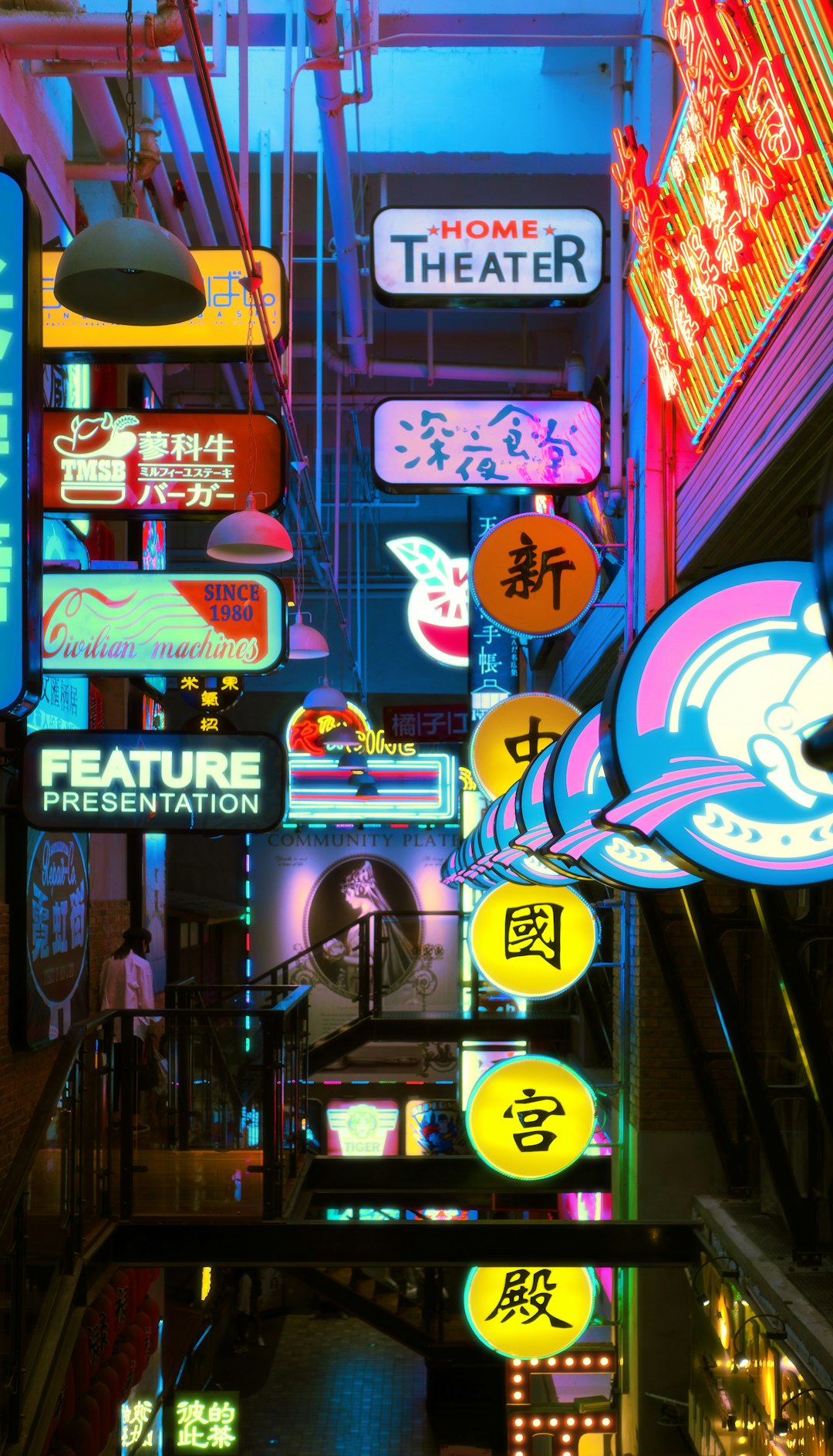
Wow, what a ride through the neon-lit highways of synthwave art! From its roots in 1980s sci-fi and arcade culture to its vibrant resurgence in modern media, synthwave art style is more than just a nostalgic throwback — it’s a living, breathing aesthetic that continues to inspire artists, musicians, and creators worldwide.
We’ve unpacked the key elements that make synthwave unmistakable: neon grids, glowing sunsets, wireframe landscapes, and that iconic color palette bursting with hot pinks and electric blues. We’ve also explored how synthwave art pairs perfectly with its musical counterpart, creating immersive experiences in albums, movies, and video games.
If you’re itching to create your own synthwave masterpiece, remember: balance your neon colors, master perspective with grids and horizons, and don’t forget the glow! Whether you prefer digital tools like Adobe Photoshop or traditional media such as Posca markers on black paper, the synthwave style is accessible and endlessly fun.
At Synth Pop™, we confidently recommend diving into synthwave art as a way to channel your creativity into a style that’s both retro and futuristic — a perfect blend of nostalgia and innovation. So, grab your tools, turn on some Kavinsky or The Midnight, and let those neon dreams take flight!
Recommended Links for Synthwave Art Enthusiasts 🔗
Ready to start creating or just want to immerse yourself deeper in synthwave culture? Here are some top products and resources we love:
-
Posca Acrylic Paint Markers:
Amazon | Posca Official Website -
BETEM Acrylic Paint Markers (Affordable Alternative):
Amazon -
Prismacolor Colored Pencils:
Amazon -
Uni-ball White Gel Pens:
Amazon -
Adobe Photoshop & Illustrator (Digital Tools):
Adobe Creative Cloud -
Saber Plugin for After Effects (Neon Glow Effects):
Video Copilot -
Books on Synthwave and Retro Aesthetics:
-
Synthwave Music Artists:
FAQ: Your Burning Questions About Synthwave Art Answered ❓
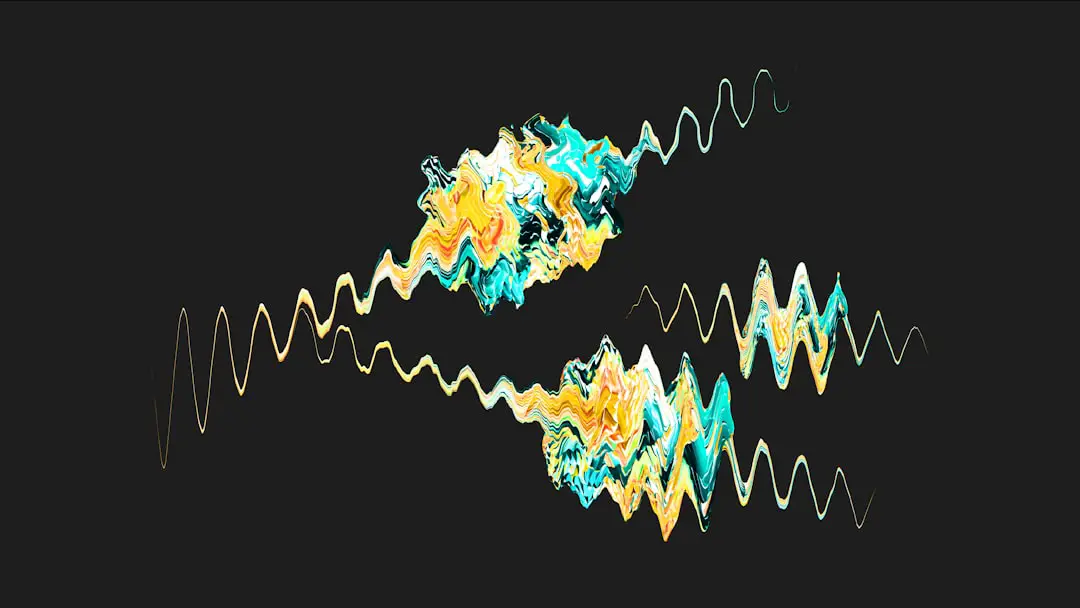
What is the origin of synthwave art and music?
Synthwave art and music originated in the mid-2000s as a homage to the 1980s pop culture, especially sci-fi films, video games, and electronic music. Musicians like Kavinsky and College pioneered the sound, while visual artists drew inspiration from neon-lit cityscapes, VHS aesthetics, and wireframe graphics. The style grew alongside internet communities and was popularized by media such as the film Drive and the Netflix series Stranger Things.
Read more about “Why Does Synthwave Sound So Good? 7 Secrets Revealed! 🎹 (2025)”
How does synthwave art style relate to 80s retrofuturism?
Synthwave art is essentially a visual embodiment of 80s retrofuturism — a blend of nostalgia for the past and futuristic optimism. It captures how people in the 1980s imagined the future, featuring neon lights, gridlines, and digital landscapes that evoke early computer graphics and sci-fi visions. This style celebrates the era’s unique blend of technology, pop culture, and vibrant aesthetics.
What are the key visual elements of synthwave art and design?
The key elements include:
- Neon grids and wireframe landscapes
- Stylized sunsets with horizontal stripes
- Vibrant neon color palettes (hot pink, electric blue, purple)
- Retro sports cars and palm trees
- Neon typography with glowing effects
- VHS and CRT screen distortions
- Geometric shapes and reflections
These components combine to create a distinctive, immersive retro-futuristic vibe.
Read more about “15 Best Synthwave Fonts to Electrify Your Retro Designs (2025) ⚡️”
Can synthwave art be used in modern graphic design and illustration?
✅ Absolutely! Synthwave art is widely used in album covers, posters, video game design, fashion branding, and advertising. Its bold colors and nostalgic appeal make it perfect for grabbing attention and evoking emotion. Modern designers often blend synthwave with other styles like cyberpunk or vaporwave to create fresh, hybrid aesthetics.
How does synthwave music influence the synthwave art aesthetic?
Synthwave music’s pulsating synths, retro drum machines, and atmospheric melodies set the emotional tone that synthwave art visually represents. The music’s tempo and mood inspire the use of glowing grids, dynamic lighting, and futuristic landscapes in the artwork. Together, they create a cohesive sensory experience that transports audiences back to a neon-drenched 80s dream.
Read more about “What Defines Synth-Pop? 7 Key Elements to Know! 🎹”
What are some notable artists and designers associated with the synthwave style?
- Kavinsky: Synthwave music pioneer and visual icon.
- The Midnight: Popular synthwave band with nostalgic visuals.
- Carpenter Brut: Known for darker synthwave aesthetics.
- James White (Signalnoise): Visual artist famous for synthwave posters.
- KidMoGraph: Motion designer specializing in synthwave loops.
Read more about “15 Modern Synth Pop Artists You Need to Know in 2025 🎶”
How can I create my own synthwave-inspired art and music pieces?
Creating Synthwave Art
- Use digital tools like Adobe Photoshop or Procreate with neon brushes and glow effects.
- For traditional media, try acrylic paint markers (Posca) on black paper for vibrant neon colors.
- Start with a grid and horizon line to build perspective.
- Incorporate iconic elements like sunsets, wireframe mountains, and neon typography.
- Experiment with glow and VHS effects for authenticity.
Creating Synthwave Music
- Use synthesizers and drum machines or software like Ableton Live and FL Studio.
- Emulate 80s synth sounds with plugins such as TAL-U-No-LX or Arturia’s Analog Lab.
- Focus on melodic hooks, gated reverb on drums, and steady tempos between 80-120 BPM.
- Draw inspiration from artists like Kavinsky, The Midnight, and Carpenter Brut.
Reference Links and Resources for Deep Dives 📚
- Synthwave – Wikipedia — Comprehensive overview of synthwave music and culture.
- PremiumBeat: Synthwave and Vaporwave Visual Styles — In-depth guide on visual styles and video project incorporation.
- The Cozy Art Teacher: How to Draw Synth Wave Landscape — Step-by-step tutorial for traditional synthwave art creation.
- Signalnoise Official Website — Portfolio of James White, a leading synthwave visual artist.
- Posca Official Website — Acrylic paint markers perfect for synthwave art.
- Adobe Creative Cloud — Industry-standard tools for digital synthwave art and video.
- Video Copilot Saber Plugin — Neon glow effects for After Effects.
Dive into these resources to fuel your synthwave journey and keep those neon dreams alive!
